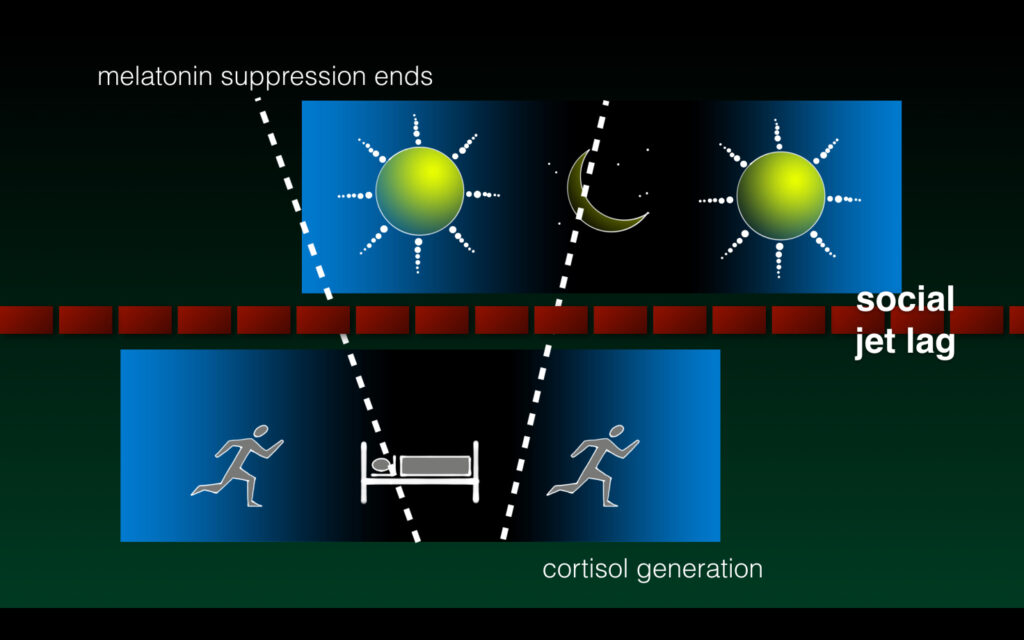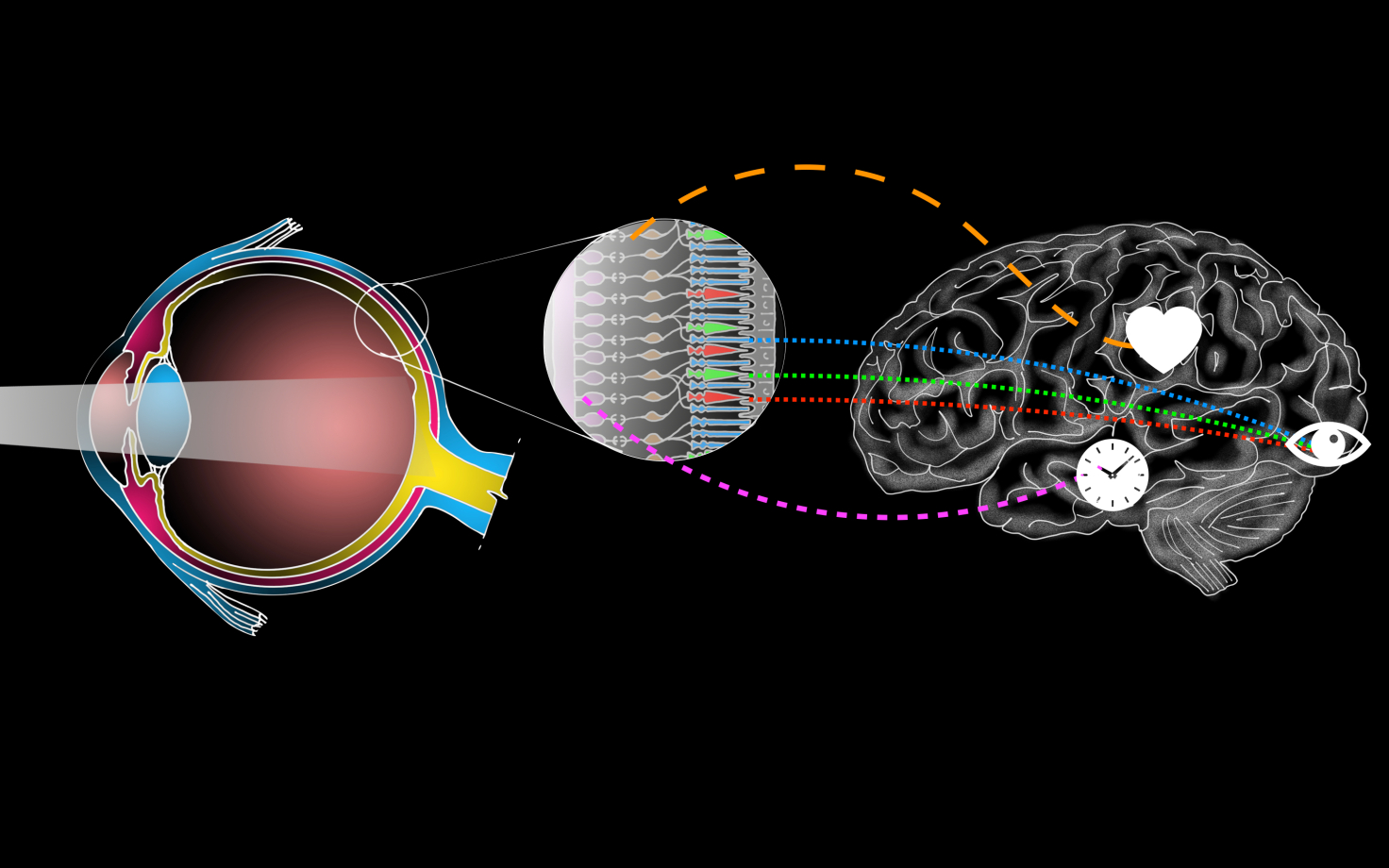I frequently hear myself saying that lighting is not brain surgery, that getting it right just requires the attention of a dedicated experienced professional.
I might be wrong.
(Not literally. I could never do brain surgery because I would pass out as soon as the knife dug in. I’m getting faint just thinking about it. Light bulbs never, ever bleed.)
In most homes, light is an afterthought, the last layer to be added to the drawings (if it is added at all) and engineered to be as inexpensive as possible. In medical terms it is less like brain surgery and more like first aid with those generic band-aids that do not work very well and fall off within the hour.
We add light to our homes so we can see.. If we have enough to see, we consider it done.
Let’s imagine for a moment that light is more important, that light helps us do more than see. Let’s imagine for a moment that there are secret sensors in our eyes that absorb light and send signals to different areas of our brains. Let’s imagine that those signals help control how our body feels and acts and functions. That those signals regulate our hormones, can affect how we absorb medicine, can accelerate our healing, can lift our mood, can reduce our susceptibility to addiction, can impact our heart health.

Let’s imagine that light is a drug that affects every moment of our lives, awake or asleep.
Got it?
Okay, now re-imagine the role of a lighting designer. Instead of a cosmetic surgeon, consider a lighting designer as someone who can profoundly affect your brain and your body. Does that lighting designer need to know about the latest medical research? Does that lighting designer keep up on the latest treatments? Does that lighting designer need to consider your individual condition and develop a plan to get you back to health?
You know where I am going. The secret sensors in our eyes are called Intrinsically Photosensitive Ganglion Retinal Ganglion Cells. They send signals to our visual cortex, suprachiasmatic nucleus, and amygdala. Those areas of the brain control what we see, our entire circadian rhythm, hormone levels, and mood. Science tells us that light can affect how fast we heal, our susceptibility to addiction, and when we have a heart attack.

Instead of calling a qualified lighting designer, we let others choose what lights to put in our home and where to put them, which is sadly a little more like trusting a medieval bloodletter than getting modern treatment. We all know the results of that unfortunate medical trend.
Maybe lighting design is more and more like brain surgery. At least it is not rocket science.
Yet.
Looking for more science? Check out the LRC.
